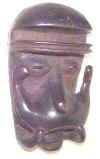 |
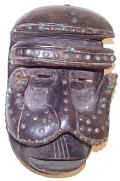 |
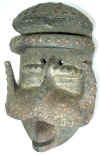 |
||
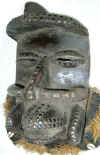 |
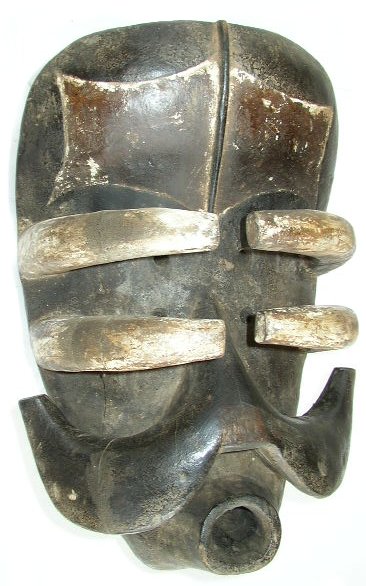 |
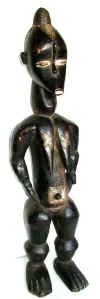 |
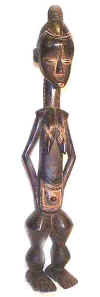 |
 |
 |
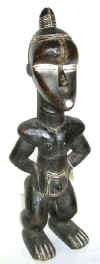 |
TRIBAL AFRICAN ART
BETE
Côte
d'Ivoire
The Côte
d'Ivoire is the home to the Bete -- they live in the southwestern part of the country,
between the Akan ethnic groups to the east and the Guro tribe to the north. They number about
600,000 and are an agricultural group. Patrilinear,
the Bete live – under the ancestors’ authority – in small
“headless” villages. Historically they were hunters, but nowadays they also
farm. They grow what is needed for a subsistence economy. They also have linked to the
market economy and much of their effort is devoted to the cultivation of cacao and coffee.
Religion, omnipresent in Bete life, aims to
maintain a harmonious relationship between nature and the ancestors who are responsible
for the welfare of the tribe. Today the vast majority still follow their traditional
African religion, believing in a creator God Lago, but do not pray to or worship him.
Instead they seek help from many lesser spirits supposed to have supernatural power to
help them, or give protection--spirits of their ancestors, spirits that inhabit trees,
rivers, rocks, etc. They observe many customs and taboos and make sacrifices of eggs,
chickens, cows, etc. Each ritual focuses on the maintenance and care of good relations
with the world of ancestors, so as to assure the protection of the lineages. The religious
cults give rise to numerous mask performances, during the course of which the music
assumes fundamental importance. The apprenticeship of male youngsters particularly
concentrates on the mastery of these arts. In fact, within a village context the men form
into veritable dance societies, membership in which is indispensable.
Bete
carvers are renowned for one particular type of face mask, the gre or nyabwa
, which has exaggerated, grimacing distorted features – a large protruding mouth,
facial protuberances, bulging forehead, elongated nose, with nostrils sometimes extending
to each side of the face, and globular or bulging slit eyes set beneath a high-domed
forehead carved with a medium ridge. In earlier days, this mask presided over the ceremony
held when peace was restored after armed conflicts and it participated in sessions of
customary justice. This type of mask was also worn to prepare men for war; the masks
offered magical protection by instilling fear and terror in potential enemies. Nowadays,
it is worn for a variety of ceremonies, including entertainment dances.
The Bete have carved elegant statues, stylistically influenced by their neighbors the Guro. Bete statues were usually carved as standing figures displaying set-apart legs, an elongated torso with square shoulders, an elongated columnar neck supporting an oblong head with a pointed chin, an incised mouth and a high-domed, smooth forehead under a helmet-like coiffure. Bete figures exhibit hand positions, which are difficult to interpret, as well as touches of white pigment. Male and female figures are displayed in shelters or shrines to represent the founders of the community. They incarnate the conceptual ideal of spiritual perfection and moral strength and its connection to physical beauty. Other smaller statuettes may have been carved to represent spouses from the other world, a tradition inspired by the Baule.